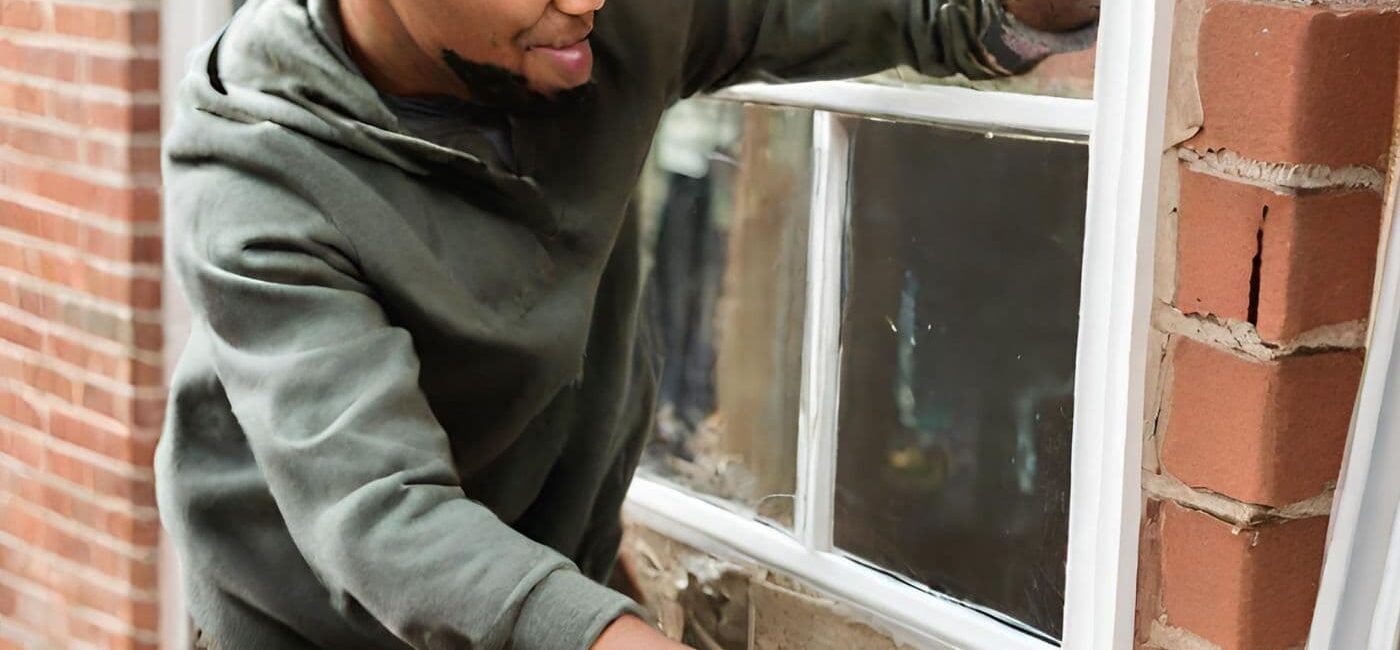Wood window sills add a touch of character and charm to any home, but their exposed location makes them susceptible to various threats. From rain and sun to temperature fluctuations and physical impact, these elements can take a toll on the sills, leading to rot, warping, and cracks. Fortunately, implementing proper maintenance and protection techniques can significantly extend the lifespan and beauty of your wood window sills. If you’re unsure about DIY repairs or face extensive damage, don’t hesitate to search for “wood window repair near me” to find qualified professionals who can restore your window sills to their former glory. Let’s explore the common threats and delve into effective strategies for preserving these valuable architectural elements.
Common Threats to Wood Window Sills
Wood window sills, while aesthetically pleasing, face various environmental challenges that can lead to deterioration. Here are some of the most common threats:
- Moisture: Rain, snow, and condensation pose a significant threat. Water infiltration can cause the wood to rot, swell, and warp. This can ultimately lead to the breakdown of the sill and compromise the window’s performance.
- Sun exposure: Ultraviolet (UV) rays from the sun are detrimental to wood. Over time, UV rays break down the lignin in the wood, leading to fading, cracking, and a loss of overall strength. This not only affects the aesthetics but also weakens the structural integrity of the sill.
- Extreme temperatures: Fluctuating temperatures can cause the wood to expand and contract, putting stress on the sills. This repeated stress can accelerate the deterioration process, leading to cracks and warping.
- Physical impact: Leaning against the sill, placing heavy objects on it, or improper installation can damage the wood through scratches, dents, or even cracks. These can not only affect the appearance but also provide entry points for moisture, exacerbating other threats.
Inspection and Maintenance Techniques
Catching problems early is crucial for maintaining the beauty and functionality of your wood window sills. Here are some key inspection and maintenance techniques:
- Regular visual inspection: Make it a habit to regularly inspect your window sills for any signs of damage. Look for water stains, cracks, warping, peeling paint, or any other abnormalities. Early detection allows for timely intervention and prevents minor issues from escalating into major problems.
- Cleaning: Periodic cleaning is essential to remove dirt, debris, and potential mold growth that can contribute to deterioration. Use a damp cloth and a mild detergent solution to gently clean the sills. Avoid using harsh chemicals or abrasive scrubbing, as they can damage the wood.
- Repainting: Over time, paint weathers and loses its protective properties. When necessary, repaint the sills with a high-quality exterior paint specifically formulated for wood. This creates a crucial barrier against moisture, UV rays, and other environmental elements. Ensure proper preparation before painting, including sanding and priming, for optimal paint adhesion and long-lasting protection.
Incorporate these simple yet effective inspection and maintenance techniques into your routine, and you will be able to significantly increase the lifespan and maintain the beauty of your cherished wood window sills.
Advanced Protection Techniques
While regular maintenance offers a solid foundation, consider implementing additional protection measures for your wood window sills to enhance their longevity and resilience:
- Caulking: Apply a high-quality exterior caulk around the perimeter of the sill where it meets the wall and window frame. This seals any gaps and prevents water infiltration, a significant contributor to rot and warping. Choose a caulk specifically formulated for exterior use and ensure proper application for optimal results. Remember, re-caulking might be necessary periodically due to natural wear and tear.
- Flashing: Flashing is a thin sheet metal or plastic material installed above the window to direct water away from the sill and prevent moisture buildup behind it. Inspect your existing flashing regularly and ensure proper installation. If unsure about the condition or installation, consult a qualified professional to avoid potential water damage.
- Window awnings or overhangs: Installing awnings or overhangs above your windows provides additional protection from rain, snow, and direct sunlight. These act as a physical barrier, deflecting elements away from the sills and minimizing their exposure to harsh weather conditions. Consider the aesthetics and architectural style of your home when choosing awnings or overhangs.
DIY Repairs for Minor Damage
While extensive damage requires professional assistance, you can tackle minor issues yourself with these DIY solutions:
- Minor cracks or holes: Use a wood filler suitable for outdoor use, appropriate for the size and depth of the damage. Apply the filler following the manufacturer’s instructions. Once dry, sand the area smooth and consider repainting for a finished look.
- Scratches or dents: For minor surface imperfections, lightly sand the area to smooth out the scratch or dent. Depending on the severity, you can then repaint the area or apply a clear coat for added protection.
Remember, prioritize safety when undertaking DIY repairs. If unsure about your skills or the extent of the damage, always seek help from a qualified professional experienced in wood window sill restoration. They possess the expertise and tools to ensure proper repairs while preserving the integrity of your windows.
Conclusion
You can effectively safeguard your wood window sills. Regular inspection, proper maintenance, and implementation of advanced protection techniques go a long way in preserving their beauty and functionality.
